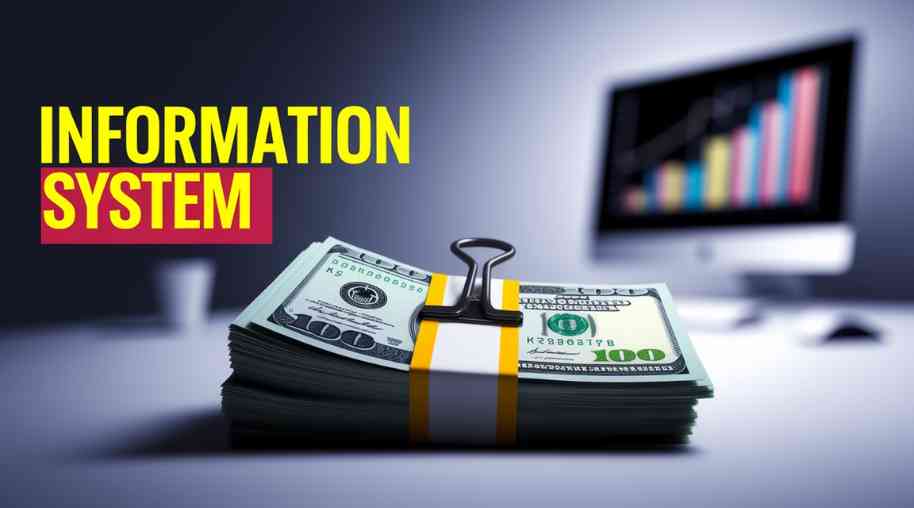FV Full Form-Face Value
by Shashi Gaherwar
0 1943
Introduction
In the world of finance, Face Value, also known as par value or nominal value, is a critical concept used for stocks, bonds, and other financial instruments. It represents the value stated on a financial asset at issuance, distinct from its market value, which fluctuates based on demand and supply. This article explores the concept of face value, its significance, differences from market value, and its role in investments.

What is Face Value?
Face value is the original worth of a financial instrument as declared by the issuer, printed on securities like stocks and bonds. It remains constant unless adjusted through corporate actions like stock splits, despite fluctuations in market price driven by market forces.
Face Value in Different Financial Instruments
- Stocks: The face value is the nominal price at issuance, often small (e.g., ₹1, ₹2, or ₹10 in India), and does not reflect the trading price in the stock market.
- Bonds: Represents the amount the issuer promises to repay the bondholder at maturity and determines coupon (interest) payments.
- Insurance Policies: Refers to the death benefit amount payable to beneficiaries.
Importance of Face Value
- Basis for Interest Calculation: Bond coupon payments are typically a percentage of the face value.
- Corporate Actions: Stock splits and reverse splits are based on face value.
- Accounting & Bookkeeping: Used by companies for financial reporting.
- Legal Considerations: Determines the minimum price at which securities can be issued.
Face Value vs. Market Value
- Face Value: Fixed value set by the issuer, constant unless adjusted via corporate actions, used for financial calculations.
- Market Value: Price driven by market demand and supply, fluctuates with market conditions, used for trading and investment decisions.
Example: A stock with a ₹10 face value may trade at ₹500 in the market. Market value varies based on investor sentiment, economic conditions, and company performance.
How Face Value Affects Investors
- For Stock Investors: Face value has minimal direct impact on stock prices, but stock splits can influence market perception.
- For Bond Investors: Determines the repayment amount at maturity and periodic interest payouts.
- For Companies: Higher face value increases share capital requirements, affecting initial funding strategies.
Common Corporate Actions Related to Face Value
- Stock Splits: Reduces face value (e.g., ₹10 to ₹5 per share), increasing the number of shares available.
- Bonus Issues: Issues free shares to shareholders based on face value.
- Reverse Splits: Consolidates shares to increase face value, reducing the total number of shares.
Face value is a fundamental concept in financial markets, serving as the base value for stocks, bonds, and other instruments. While it may not align with market value, it is critical for corporate actions, bond calculations, and investment decisions. Understanding face value empowers investors to make informed financial choices.
Further Learning Resources
If you’re passionate about building a successful blogging website, check out this helpful guide at Coding Tag – How to Start a Successful Blog. It offers practical steps and expert tips to kickstart your blogging journey!
For dedicated UPSC exam preparation, we highly recommend visiting www.iasmania.com. It offers well-structured resources, current affairs, and subject-wise notes tailored specifically for aspirants. Start your journey today!

Share:








Comments
Waiting for your comments